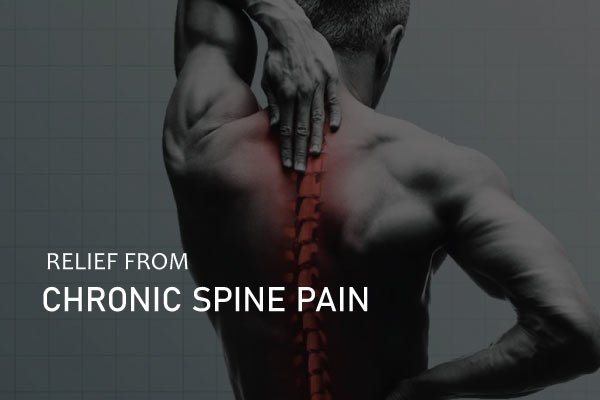Existing together with pain is an overwhelming journey, affecting not just bodily condition but also psychological health. Comprehending the interplay between the two aspects is crucial for efficient discomfort relief. Pain is a complex and individual occurrence, deeply shaped by both biological and emotional aspects. This article investigates into the multi-dimensional world of pain management services and therapies, shedding light on how mental health plays a crucial role in reducing suffering and improving quality of life.
Beginning with understanding the differences between short-term and long-term suffering to examining various intervention strategies, we present a comprehensive manual to discomfort control. By examining therapies that encompass bodily, mental, and alternative methods, readers will discover how integrating psychological practices—such as awareness techniques, meditation, and stress reduction—can profoundly affect pain levels. Join us on this expedition to discover how a integrated approach to pain management can help patients take back authority over their lives, allowing them to face the difficulties of pain with resilience and hope.
Understanding Pain plus Its Types

Discomfort is a complicated and subjective experience that serves as a crucial signal showing potential harm to the body. It can result from various causes, including wounds, sickness, or psychological factors. Comprehending discomfort involves acknowledging its multifaceted nature, which is affected by both bodily and emotional health. Efficient discomfort management necessitates a comprehensive strategy which takes into account these different aspects.
There are a couple of main kinds of pain: sharp and chronic. https://painmdhouston.com/ occurs instantly and is often linked to a particular injury or illness. It serves as a protective mechanism, prompting people to respond and avoid further harm. On the contrarily, long-lasting pain lasts for longer periods, often extending beyond the normal recovery time. Chronic discomfort can arise from acute discomfort or occur without an obvious cause, leading to significant difficulties in daily living and total well-being.
Different kinds of pain may need different treatment strategies. For instance, nociceptive pain results from tissue damage, while nerve discomfort arises from nerve damage. Each type requires a focused approach, whether through drugs, physical therapies, or alternative treatments. By identifying the traits of the pain being felt, medical professionals can create efficient, individualized treatment plans tailored to meet specific needs.
Pain Management Strategies
Effective pain management demands a comprehensive approach, merging multiple therapies and treatments tailored to personal needs. One key strategy is the use of physical therapy, which focuses on improving movement and strength while also lessening pain. Through workouts, manual therapy, and modalities like heat or cold treatment, physiotherapists develop customized programs that enhance mobility and function, particularly in patients dealing with chronic pain conditions. Additionally, proper guidance from a physical therapist helps patients acquire techniques to manage pain in daily activities, ultimately leading to improved quality of life.
Another essential component of pain management is the combination of alternative therapies, such as chiropractic care and massage therapy. Chiropractic adjustments can correct the spine and improve nervous system function, which may relieve back pain and headaches. Similarly, massage therapy helps reduce muscle tension and improve circulation, promoting relaxation and pain relief. Both therapies focus on enhancing bodily function and improving overall wellness, making them beneficial options for those seeking non-pharmaceutical approaches to pain management.
In addition to hands-on therapies, the use of mindfulness and meditation techniques has gained recognition for its role in addressing pain. Practices such as mindfulness meditation allow individuals to foster awareness of their pain without judgment, reducing the perception of pain intensity. This mental approach, combined with physical treatments, can empower patients to better handle their conditions. Incorporating these strategies into a holistic pain management plan can bring about advancements in pain relief and improve overall mental health, illustrating the interconnectedness of mind and body in effectively managing pain effectively.
The Convergence of Mental Health and Pain Management
Mental health plays a critical role in the perception of pain and its management. Individuals coping with mental health issues such as nervousness, depression, or tension often report heightened vulnerability to pain. This relationship can create a negative feedback loop: pain intensifies mental health struggles, and poor mental health can magnify the perception of pain. Understanding this link is essential for effective pain management, as addressing psychological well-being can lead to better outcomes in pain relief.
Several pain management therapies incorporate mental health strategies to increase efficacy. Techniques such as awareness and meditation have been shown to reduce perceived pain levels while promoting relaxation and emotional resilience. CBT is another method that helps patients reshape their thoughts about pain, allowing them to cope more efficiently and potentially reduce their pain sensations. Combining these mental health therapies into pain management programs can offer a more holistic approach, addressing both physical and psychological aspects of pain.
In conclusion, recognizing the intersection of mental health and pain relief can significantly influence treatment strategies. Pain management clinics that offer specialized services often include psychological support as part of their comprehensive care. By fostering an environment where mental health is valued alongside physical treatments, patients can experience better quality of life, superior pain control, and improved overall well-being. This multifaceted approach underscores the importance of considering both mind and body in the journey toward successful pain management.
